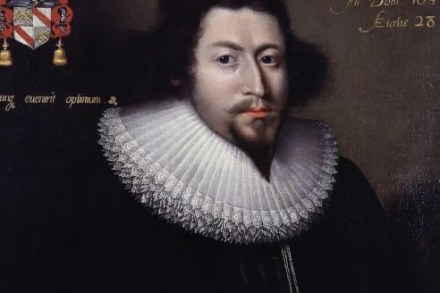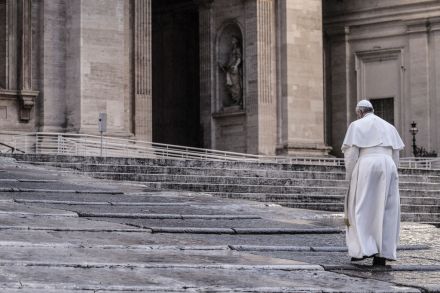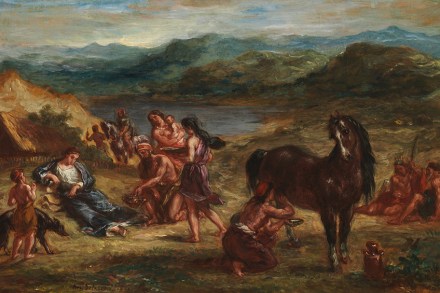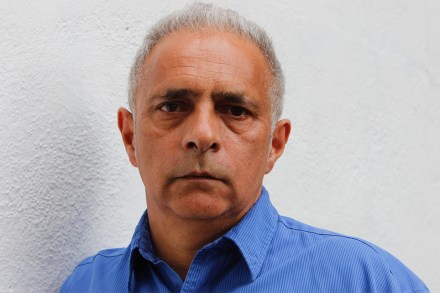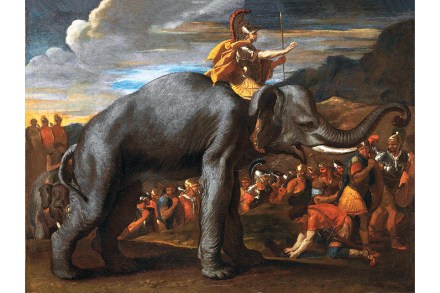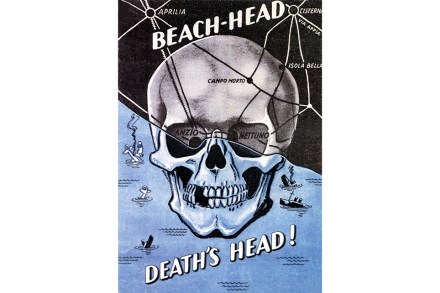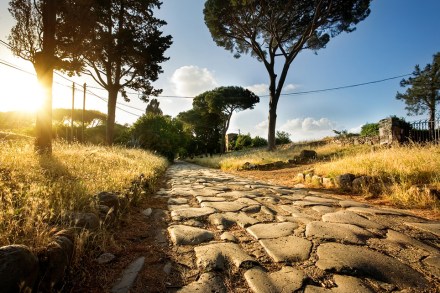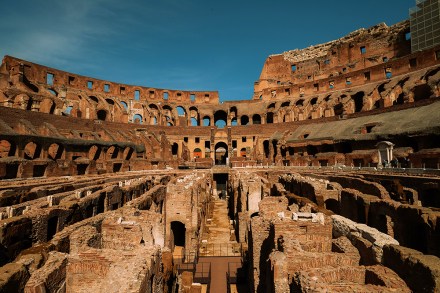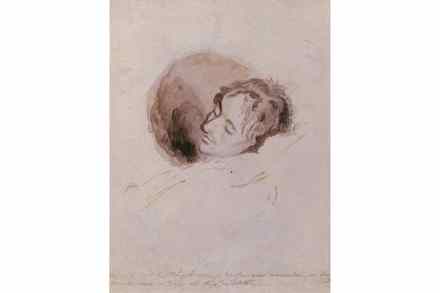Which are the ‘Twelve Churches’ that made Christianity?
40 min listen
What links the Church of the Nativity in Bethlehem and St Peter’s in Rome with the 16th Street Baptist Church in Birmingham, Alabama, and Canaanland in Ota, Nigeria? These are just some of the churches that Anglican priest and writer the Revd Fergus Butler-Gallie highlights in his new book Twelve Churches: An Unlikely History of the Buildings that made Christianity. The Anglican priest and writer joins Damian Thompson on Holy Smoke to explain how each Church not only tells a story but also raises a surprising dilemma for modern believers. Fergus aims to tell the history of the Churches ‘warts and all’ and argues that, from Turkey to Britain, today’s Christians





